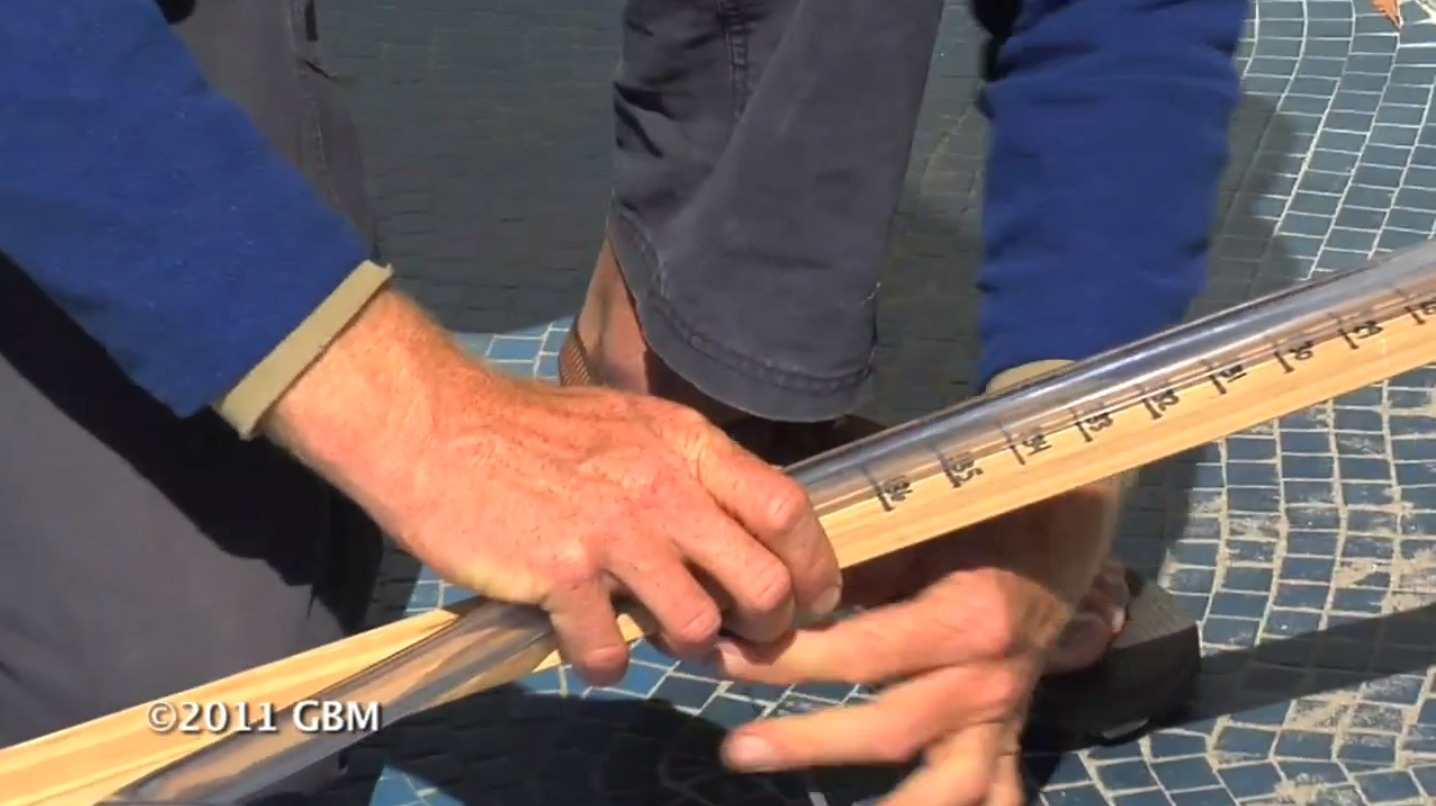Build surveying equipment
Build a simple surveying kit using cardboard, protractor, string, and tape, then measure angles, distances, and create a basic map outdoors.



Step-by-step guide to build a simple surveying kit
GPS surveying for beginners - The easy land surveying
Step 1
Gather all the materials and lay them out on a clean table so you can see everything.
Step 2
Cut a square of cardboard about 20 centimetres across to make your protractor base.
Step 3
Tape the protractor flat in the center of the cardboard so the protractor numbers are easy to read.
Step 4
Use the pencil to poke a small hole exactly at the protractor’s center mark through the cardboard.
Step 5
Tie the small weight to one end of the string so it can hang like a plumb bob.
Step 6
Feed the other end of the string through the hole so the weight hangs below the cardboard and the string can swing freely.
Step 7
Tape or knot the top end of the string on the cardboard so the weight stays attached and the string crosses the protractor center when hanging.
Step 8
Tape a straight strip of cardboard across the protractor center to make a sighting line (alidade) you can look along.
Step 9
Go outside with your kit and choose two landmarks to measure between; mark the first spot as Point A with a small rock.
Step 10
Stand at Point A hold your protractor board flat and line the sighting strip so it points straight at the second landmark.
Step 11
Look where the hanging string crosses the protractor and write that angle on your paper as "Angle at A" and the date.
Step 12
Measure the distance between Point A and the second landmark by counting your steps or using a ruler and write that distance on your paper as the baseline.
Step 13
Draw a simple map on your paper using your baseline to scale and the angles you measured to place the landmarks; label everything clearly.
Step 14
Share a photo or description of your finished surveying kit and the map you made on DIY.org so other kids can see your explorer work.
Final steps
You're almost there! Complete all the steps, bring your creation to life, post it, and conquer the challenge!


Help!?
What can we use if we don't have a protractor or a small weight for the plumb bob?
If you don't have a plastic protractor, print or draw a protractor and tape it to the 20 centimetre cardboard base, and substitute the small weight with a metal washer, a paperclip, or a tightly folded piece of paper tied to the string.
The string won't hang over the protractor center or keeps swinging — how do we fix it?
If the plumb bob doesn't cross the protractor center or swings too much, make the hole exactly at the protractor's centre mark, shorten or retie the string so the weight hangs just below the cardboard, and tape the top end firmly while ensuring the sighting strip is taped across the protractor centre.
How can I change the activity for younger or older kids?
For younger children, have an adult cut the 20 cm cardboard square and pre-poke the protractor hole and tie the weight while the child lines the sighting strip and records a simple baseline, and for older kids have them measure the baseline with a ruler, take multiple angle readings, and scale the map using basic trigonometry.
What are some ways to improve or personalize our surveying kit and map?
To enhance the kit, decorate and weatherproof the cardboard protractor, add a second sighting strip for back bearings, take angles to several landmarks to triangulate positions on a more detailed scaled map, and share photos on DIY.org.
Watch videos on how to build a simple surveying kit
Surveying 1 - Introduction to leveling
Facts about basic surveying and measurement
📐 A protractor measures angles in degrees; a full circle is 360° — perfect for noting directions on your DIY map.
🗺️ Early topographic maps were drawn by hand from field surveys; today we often use GPS and drones to help make maps faster.
🧭 Surveying is one of the oldest sciences — ancient Egyptians re-measured farmland after Nile floods to keep maps accurate.
🏔️ Triangulation lets surveyors find a location by measuring angles from two known points and was used to map whole countries.
📏 With a tape and angle measurements you can use simple triangle math to figure out how far away things are.
How do I build a simple surveying kit and use it to measure angles and distances outdoors?
What materials do I need to make a cardboard surveying kit (protractor, string, tape)?
What ages is building and using a simple surveying kit suitable for?
What are the benefits and safety tips for a kids' surveying activity, plus fun variations?


One subscription, many ways to play and learn.
Only $6.99 after trial. No credit card required



